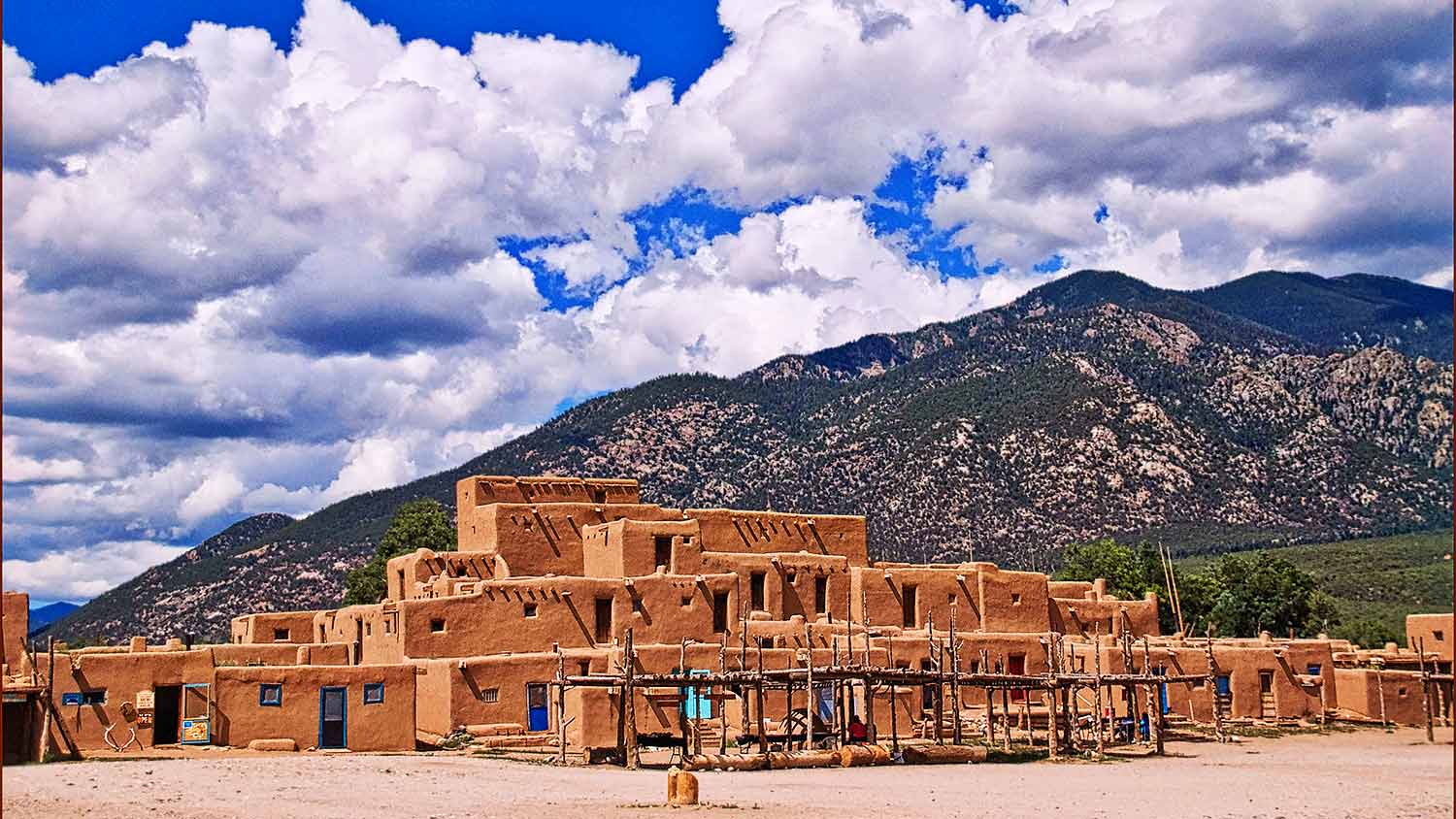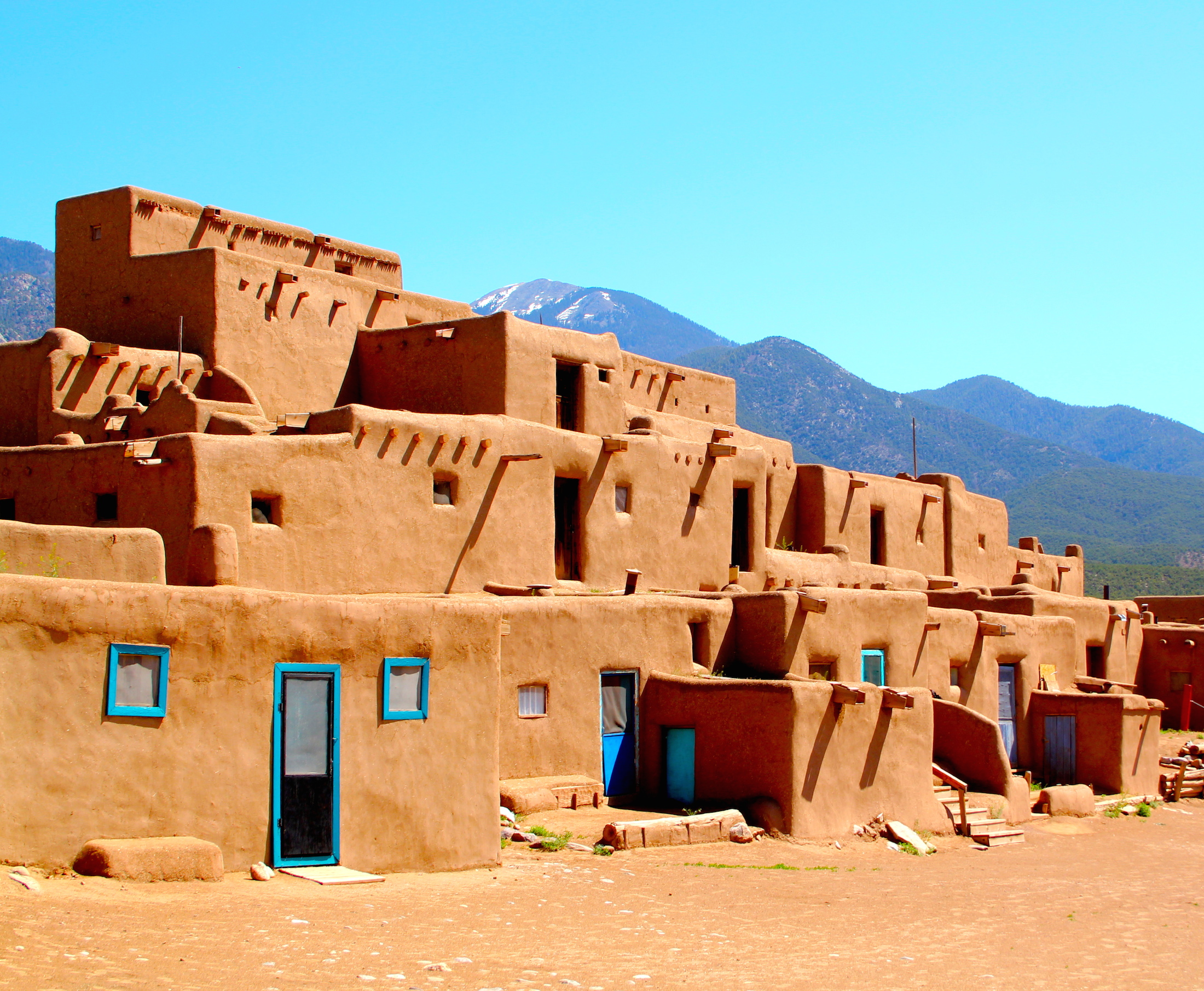
Unearthing the Ancient Arteries: A Traveler’s Guide to Pueblo Trade Networks, Centered at Chaco Canyon
The American Southwest, a vast expanse of sun-baked mesas, dramatic canyons, and an sky that stretches to infinity, holds secrets far deeper than its geological wonders. Beneath the dust of millennia lies the story of an ancient civilization, not just of isolated communities, but of a sprawling, sophisticated network of trade and cultural exchange that rivaled any in the ancient world. Forget the Silk Road; imagine the "Turquoise Trails" – a complex web of footpaths, meticulously engineered roads, and river routes that connected diverse peoples across thousands of miles. To truly grasp the scope of this ingenious system, there is no better place to begin your journey than Chaco Culture National Historical Park, the beating heart of the ancient Pueblo world.
Chaco Canyon isn’t merely a collection of impressive ruins; it is a living map, a physical manifestation of an ancient economic and social powerhouse. For a traveler with a keen interest in history, archaeology, and the sheer ingenuity of human connection, Chaco offers an unparalleled window into the intricate trade networks that sustained the Ancestral Puebloans for centuries, shaping their art, architecture, and worldview.
Chaco Canyon: The Nexus of a Desert Empire

Stepping into Chaco Canyon is like entering another dimension. The silence is profound, broken only by the whisper of wind across the sandstone cliffs. Before you, colossal stone structures rise from the canyon floor – Pueblo Bonito, Chetro Ketl, Kin Kletso, Una Vida – not mere dwellings, but monumental "Great Houses" built with an astronomical precision that still baffles modern engineers. These structures, reaching four and five stories high, with hundreds of rooms, were the economic and ceremonial nerve centers of a culture that flourished between 850 and 1250 CE.
But Chaco’s significance extends far beyond its impressive architecture. It was the hub of an economic system that integrated dozens, if not hundreds, of smaller communities across the Four Corners region. These "outlier" sites, many miles distant, were connected to Chaco by a remarkable network of ancient roads – the physical "maps" of this sophisticated trade system.
The Chacoan Roads: Ancient Superhighways of the Southwest
Imagine a system of roads, some up to 30 feet wide, perfectly straight for miles across uneven terrain, meticulously engineered with earthen berms, stairways carved into rock, and even ramps to navigate cliffs. These weren’t mere trails; they were planned infrastructure. While their exact primary purpose is debated (ceremonial processionals, pilgrimages, or direct trade routes), their existence undeniably facilitated the movement of people and goods on an unprecedented scale.

As you explore Chaco, you can walk segments of these ancient roads, feeling the weight of history underfoot. Imagine the lines of traders, pilgrims, and messengers traversing these paths, laden with precious cargo. These roads didn’t just connect Chaco to its immediate outliers; they were arteries that plugged into a much larger circulatory system, linking the canyon to resource-rich areas and distant cultural centers.
What Traveled the Turquoise Trails? The Goods of Ancient Commerce
The allure of Chaco Canyon for traders was immense. It was a place where goods from across a vast geographical area converged, were processed, and then redistributed. The archaeological record reveals a fascinating inventory of items that moved along these ancient trade routes:
- Turquoise: This was the undisputed king of commodities. Sourced from ancient mines like Cerillos in New Mexico and other sites in Arizona and Nevada, turquoise wasn’t just a decorative stone; it was a symbol of status, power, and spiritual connection. Chaco Canyon was a major center for the acquisition, crafting, and distribution of turquoise, with workshops found within the Great Houses. Imagine its vibrant blue, traveling hundreds of miles to adorn the elite or be offered in ceremony.
- Shells: From the Pacific Coast and the Gulf of California, marine shells traveled incredible distances inland. These were transformed into intricate beads, pendants, and bracelets, prized for their beauty and rarity. Their presence in Chaco is direct evidence of long-distance exchange with coastal peoples, possibly through a series of intermediary traders.
- Macaws: Perhaps the most exotic and mind-boggling trade item found in Chaco are the remains of scarlet macaws. These brightly plumed birds, native to the tropical forests of Mesoamerica (modern-day Mexico), were brought alive, over 1,000 miles, across deserts and mountains. Their presence speaks volumes about the incredible reach and sophistication of the trade network, likely involving multiple layers of exchange between different cultural groups. These birds were kept and bred in Chaco, their feathers used for ceremonial regalia, symbolizing prestige and connection to distant, powerful realms.
- Obsidian: Volcanic glass, highly valued for its sharp edges, was traded extensively for tools and weaponry. Sources for obsidian included areas far from Chaco, demonstrating regional resource procurement.
- Pottery: While much pottery was produced locally, distinctive styles from other regions (e.g., Cibola White Ware, Mimbres pottery) found in Chaco indicate robust regional exchange of ceramics, possibly containing foodstuffs or other goods.
- Copper Bells: Small, intricately cast copper bells, also originating from Mesoamerica, provide further evidence of direct or indirect contact with civilizations far to the south. Their metallic gleam and resonant sound would have made them highly prized.
- Salt, Feathers, Hides, Foodstuffs: While less visible in the archaeological record, bulk goods like salt (essential for survival), various bird feathers (for ornamentation and ceremony), animal hides, and agricultural products (corn, beans, squash) were undoubtedly major components of the regional trade.


This astonishing array of goods paints a picture of a vibrant, interconnected economy. Chaco wasn’t an isolated marvel; it was a central node in a vast and dynamic system of exchange, where materials, ideas, and even living creatures moved across cultural boundaries.
Beyond Chaco: The Wider Network
While Chaco Canyon was the gravitational center, the trade network extended far beyond its immediate influence. The "maps" truly stretched across the continent:
- To the South (Mesoamerica): The macaws and copper bells are irrefutable proof of a connection, however indirect, with powerful Mesoamerican civilizations like those in central Mexico. This long-distance exchange would have been a series of "hand-offs" between various groups, each playing a role in moving goods north and south.
- To the West (Pacific Coast): Shells flowed in from the California coast, likely traded through intermediary groups like the Hohokam in what is now Arizona.
- To the East (Plains): While later, Pecos Pueblo, another significant Pueblo site, would become a major trade fair destination, linking the Pueblos with Plains tribes for bison hides, meat, and other goods. This established a long tradition of East-West exchange.
- Regional Connections: Across the Colorado Plateau, numerous other Ancestral Pueblo sites, such as Mesa Verde, Aztec Ruins, and Salmon Ruins, maintained their own regional trade networks, often integrated into the larger Chacoan system, particularly during its peak.
This intricate web demonstrates not only the economic prowess of the ancient Pueblo peoples but also their deep understanding of their environment, their diplomatic skills in maintaining exchange relationships, and their capacity for complex logistical planning.
Experiencing the Ancient Trade Network Today
For the modern traveler, visiting Chaco Culture National Historical Park is an immersive experience that brings these ancient trade maps to life.
Getting There: Be prepared for a journey. Chaco is remote, intentionally so, perhaps adding to its mystique. The last 16-20 miles are on unpaved roads (varying in condition), which can be challenging, especially after rain. A high-clearance vehicle is recommended. This remoteness, however, is part of its charm; it helps preserve the profound silence and sense of ancient isolation.
What to See and Do:
- Pueblo Bonito: The crown jewel. Spend hours exploring its multi-story rooms, kivas, and plazas. Imagine the turquoise workshops, the macaw pens, and the bustling activity of trade and ceremony. Its sheer scale and precision are awe-inspiring.
- Chetro Ketl & Kin Kletso: These impressive Great Houses offer different architectural insights and further illustrate the sophisticated planning involved.
- Una Vida & Hungo Pavi: Explore these smaller, but equally significant, Great Houses.
- The Chacoan Roads: Look for the faint traces of the ancient roads leading out of the canyon. Hike the trails that follow some of these routes, gaining a sense of the vast distances people traversed. The "Pueblo Alto" trail, for example, offers stunning panoramic views of the canyon and traces of the northern road.
- The Night Sky: Chaco is an International Dark Sky Park. On a clear night, the Milky Way explodes into view, offering a glimpse of the same celestial map that guided ancient travelers. Imagine the spiritual significance of such a sky for those who built these magnificent structures.
- Visitor Center: Essential for orientation, ranger programs, and understanding the latest archaeological interpretations.
As you walk among the ruins, try to visualize the bustling activity that once filled these spaces. Picture the traders arriving from distant lands, the exchange of goods, the sharing of stories, and the forging of alliances. The silence of Chaco today is not an emptiness, but a canvas upon which to project the vibrant life of its past. It’s a place to contemplate human ingenuity, resilience, and the enduring power of connection.
The Enduring Legacy
The collapse of the Chacoan system around 1250 CE, likely due to a combination of prolonged drought and internal social pressures, led to the dispersal of its people, but the legacy of its trade networks persisted. The knowledge of trade routes, the value of certain commodities, and the diplomatic skills developed during the Chacoan era undoubtedly influenced subsequent Pueblo societies. Modern Pueblo communities, descendants of these ancient peoples, continue to hold a deep connection to places like Chaco, recognizing the achievements and struggles of their ancestors.
Visiting Chaco Canyon is more than just a trip to an archaeological site; it’s a pilgrimage to the origins of a complex civilization. It’s an opportunity to walk the very "maps" of an ancient economic superpower, to touch the stones that witnessed the exchange of turquoise for macaws, and to feel the silence that once echoed with the footsteps of traders connecting an entire continent. For the discerning traveler, Chaco is not just a destination; it’s an immersive lesson in the enduring human drive to connect, to exchange, and to thrive against all odds. It’s a profound reminder that even in the most remote corners of the world, human ingenuity can weave a tapestry of interconnectedness that spans millennia.
